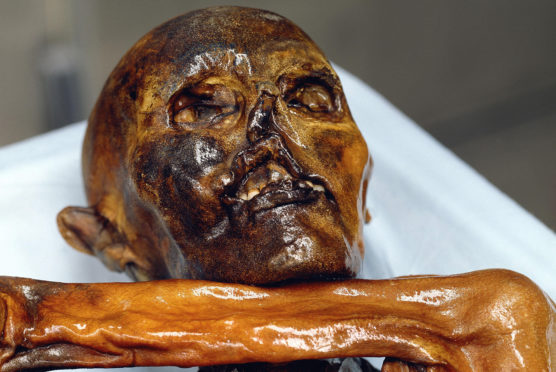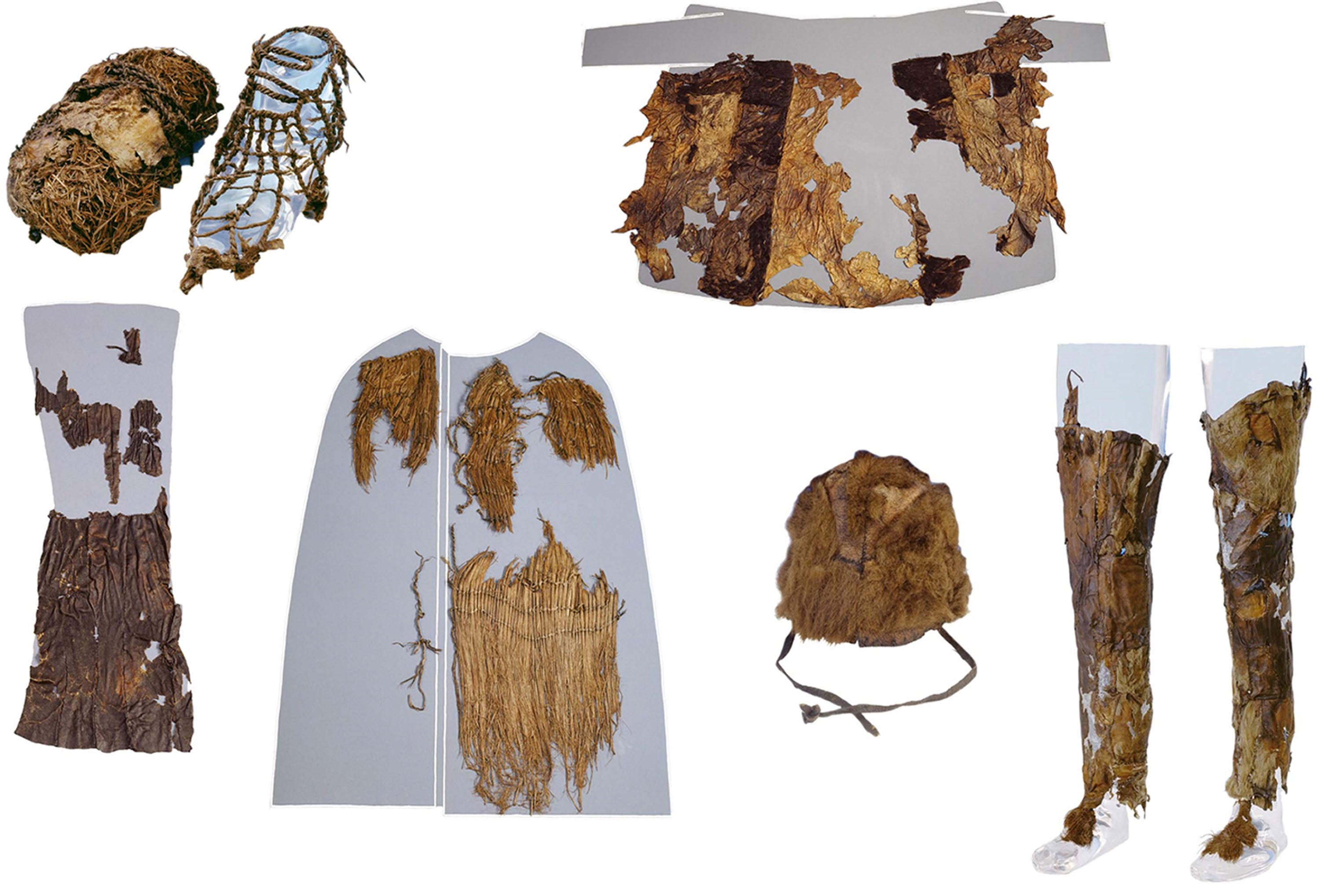
The final journey of a 5,300-year-old corpse found in the Alps has been revealed by plants which were frozen with him at his death.
Known as Otzi, the mummified body captured global attention when it was discovered by hikers in 1991 melting out of the ice 3,210m above sea level.
His body was frozen alongside his clothing and gear, as well as an abundance of plants and fungi.
Researchers have now identified thousands of preserved moss and liverwort fragments in his gut and clothing which represent at least 75 species – only 30% of which appear to be local to the area.
The remaining 70% have helped scientists conclude Otzi ascended the mountain range through the lower Schnalstal valley in modern South Tyrol, Italy.
Jim Dickson, of the University of Glasgow’s Institute of Biodiversity, said: Most members of the public are unlikely to be knowledgeable about bryophytes – mosses and liverworts.
“However, no fewer than 75 species of these important investigative clues were found when the iceman – aka Otzi – was removed from the ice.
“They were recovered as mostly small scraps from the ice around him, from his clothes and gear, and even from his alimentary tract.
“Some of the mosses are important in investigating the precise route of his very last journey.”
Several of the identified moss types thrive today in the lower Schnalstal valley.
The crucial bryophyte is called Flat Neckera, a woodland species, which was found both as a large mass on his clothes and as microscopic pieces in his gut.
That discovery and similar mosses from low to moderate altitude were found to be as “near proof as it is possible” to show the Copper Age iceman climbed from south to north up Schnalstal, rather than ascending other adjacent valleys.
This conclusion is corroborated by previous pollen research, which also pinpointed the valley – today a popular skiing location – as his likely route.
Otzi was about 5ft 2in and believed to have weighed 50kg when alive.
He had dark, medium-long hair, brown eyes and probably had a beard.
The iceman is estimated to have been 45 at the time of his death, which would have been a good age for the period.

Enjoy the convenience of having The Sunday Post delivered as a digital ePaper straight to your smartphone, tablet or computer.
Subscribe for only £5.49 a month and enjoy all the benefits of the printed paper as a digital replica.
Subscribe © PA
© PA © PA
© PA